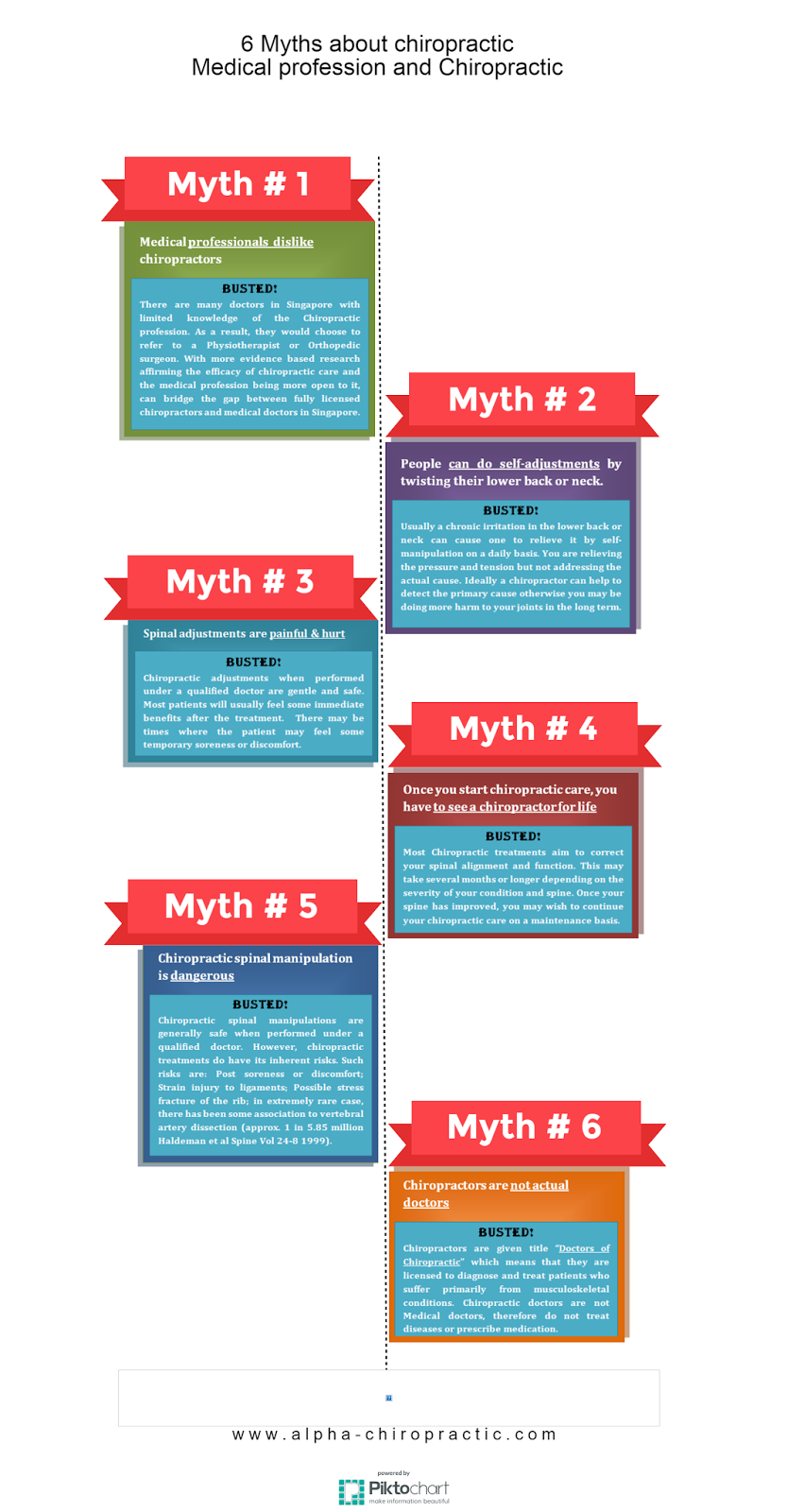The Relationship Between Back Pain And Your Health And Wellness: Typical Conditions And Their Signs And Symptoms
The Relationship Between Back Pain And Your Health And Wellness: Typical Conditions And Their Signs And Symptoms
Blog Article
Web Content Produce By-Keller Eason
If you're experiencing pain in the back, your body might be trying to tell you something more than just discomfort. The method your back feels can offer important hints concerning your total health. Recognizing the details sort of pain you're really feeling and any type of going along with symptoms is essential to untangling the enigma behind your pain. Let's discover the usual conditions and symptoms related to different sorts of pain in the back to shed light on what your body might be signaling.
Types of Pain In The Back
When it comes to pain in the back, there are various types that you might experience. One typical kind is muscle mass discomfort, often brought on by overuse, stress, or injury to the muscles and tendons supporting the spinal column. This sort of discomfort can vary from light discomfort to severe and debilitating discomfort.
Another type is nerve pain, which can arise from problems like herniated discs or sciatic nerve pain. Nerve discomfort frequently provides as a sharp, shooting feeling that radiates down the leg.
Joint pain in the back can come from problems like joint inflammation or sacroiliac joint disorder. This type of discomfort is typically really felt in the reduced back and can be intensified by certain motions.
In addition, neck and back pain can be associated with structural troubles such as spinal stenosis or vertebral cracks. Recognizing the type of neck and back pain you're experiencing is critical in determining the ideal therapy and monitoring methods.
Common Effects to Expect
Relocating past the various types of pain in the back, it's important to acknowledge the typical signs that can indicate underlying concerns.
Relentless back pain that aggravates with motion or at night might suggest a much more major issue. Feeling numb or prickling in the legs or feet, specifically when accompanied by weak point, could indicate a nerve-related issue. If you experience sudden weight reduction in addition to pain in the back, it could be a sign of a more systemic problem.
Focus on any kind of changes in bladder or bowel feature, as this could be connected to spine compression. High temperature, cools, or evening sweats together with pain in the back may indicate an infection. Watch out for discomfort that emits down one or both legs, possibly a sign of sciatica.
Wellness Conditions Linked to Neck And Back Pain
If you deal with back pain, it's essential to comprehend the potential wellness conditions linked to this discomfort. Back pain can be a symptom of different underlying issues, consisting of muscle mass stress, herniated discs, osteoarthritis, back stenosis, and also problems like kidney rocks or infections.
Muscle strains are common and usually arise from raising heavy objects or abrupt motions.
Herniated discs take place when the soft tissue between vertebrae protrudes, triggering nerve irritation.
Osteoarthritis, a degenerative joint illness, can cause neck and back pain as cartilage material wears down.
Spine constriction, the constricting of the spine canal, can tax nerves.
Kidney rocks may cause extreme neck and back pain if they relocate right into the urinary system system.
lower back side pain like back osteomyelitis can likewise show up as neck and back pain. Comprehending these prospective wellness problems can assist you look for appropriate medical care and monitoring for your back pain.
Conclusion
So, next time your back harms, pay attention to the sort of pain and coming with signs and symptoms. Maybe https://www.scoop.co.nz/stories/GE2110/S00060/covid-restrictions-on-primary-health-care-providers-compromising-health-of-new-zealanders.htm from your body about underlying health conditions like muscle pressure, nerve problems, joint troubles, or even architectural problems. By identifying these signs, you can take positive actions to attend to the source of your pain in the back and improve your total health and wellness and wellness.
